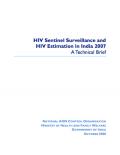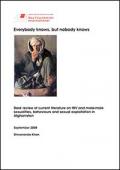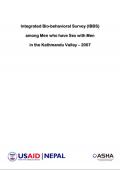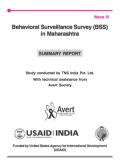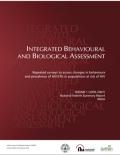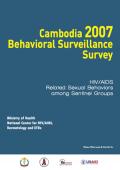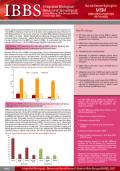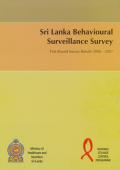Publications on Men Who Have Sex With Men (MSM)
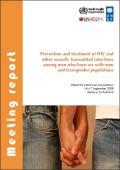
Resource | Publications,
A meeting held on 15–17 September 2008 in Geneva brought together participants from the World Health Organization (WHO) and its United Nations (UN) partners along with representatives from 26 countries to discuss the role that the health sector can and should play in addressing prevention, treatment and care of HIV and other STIs among MSM, transgender people and their sexual partners.







